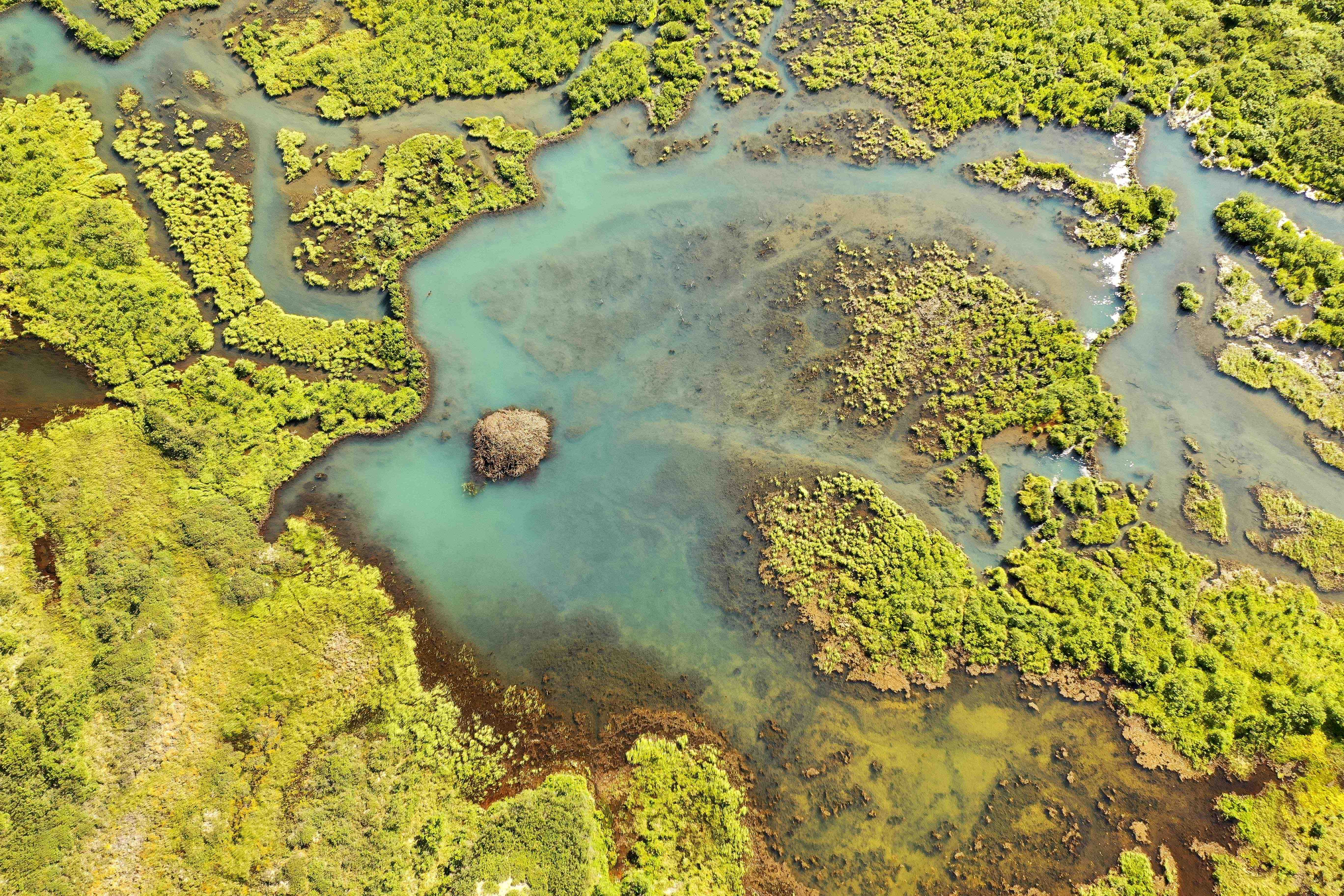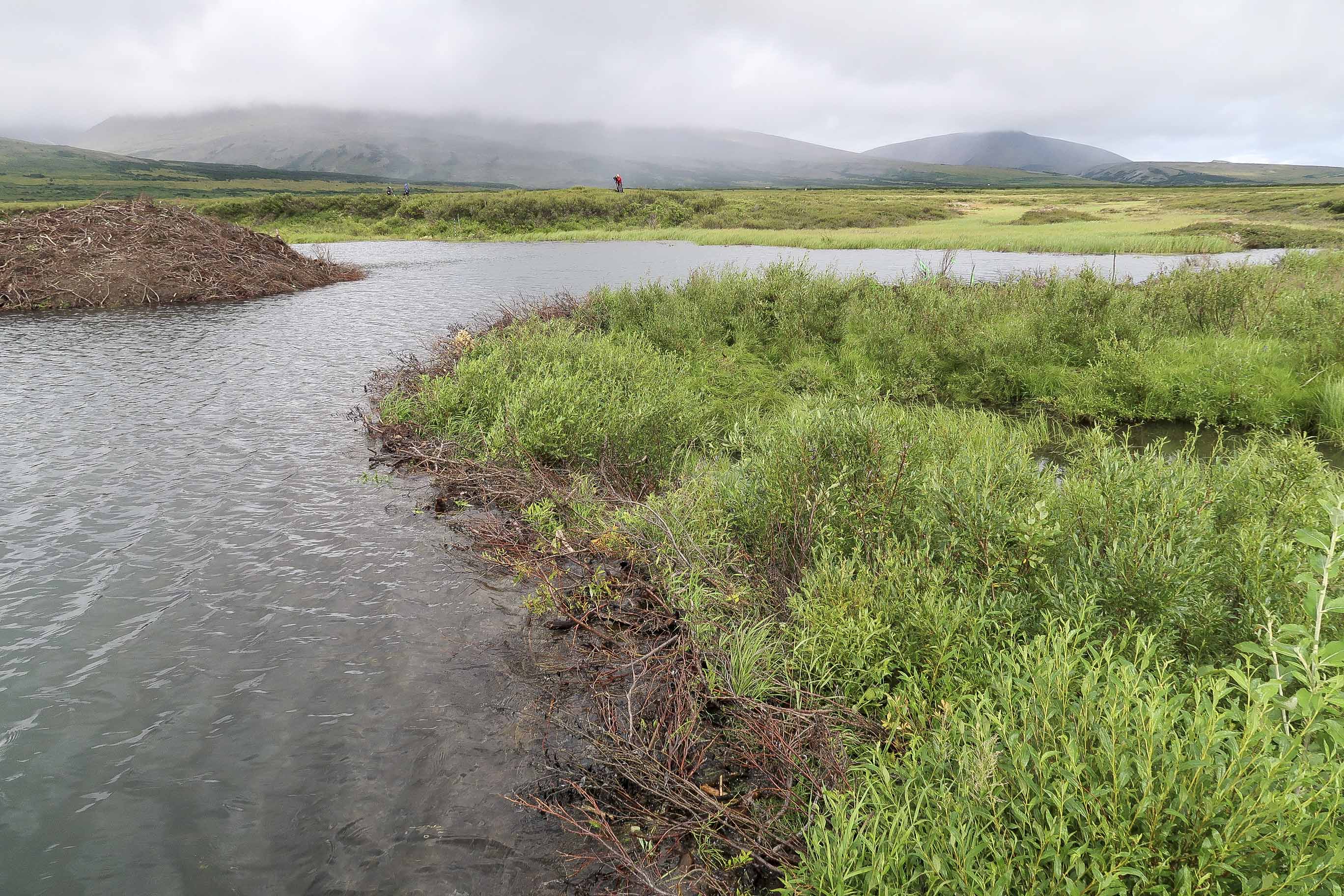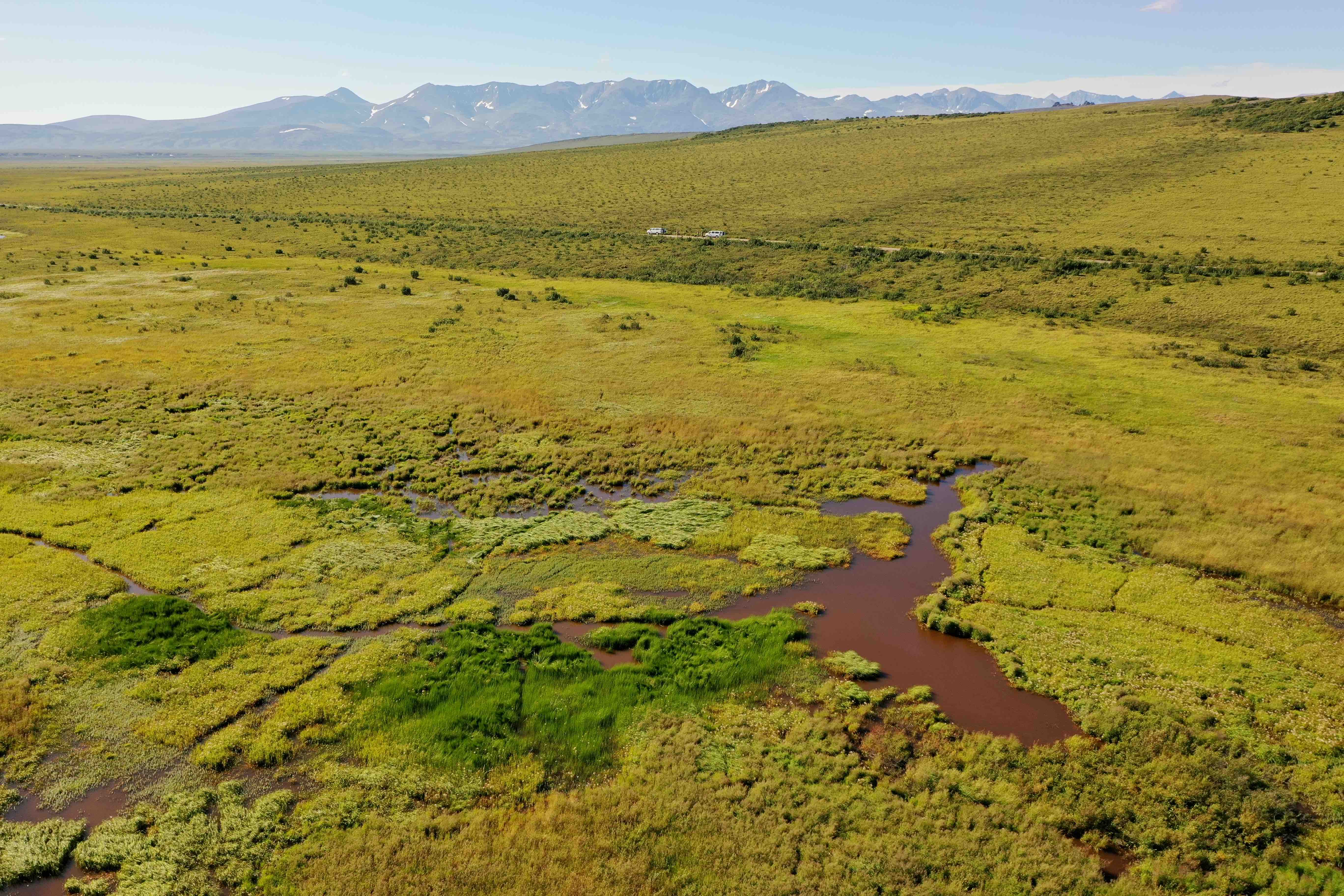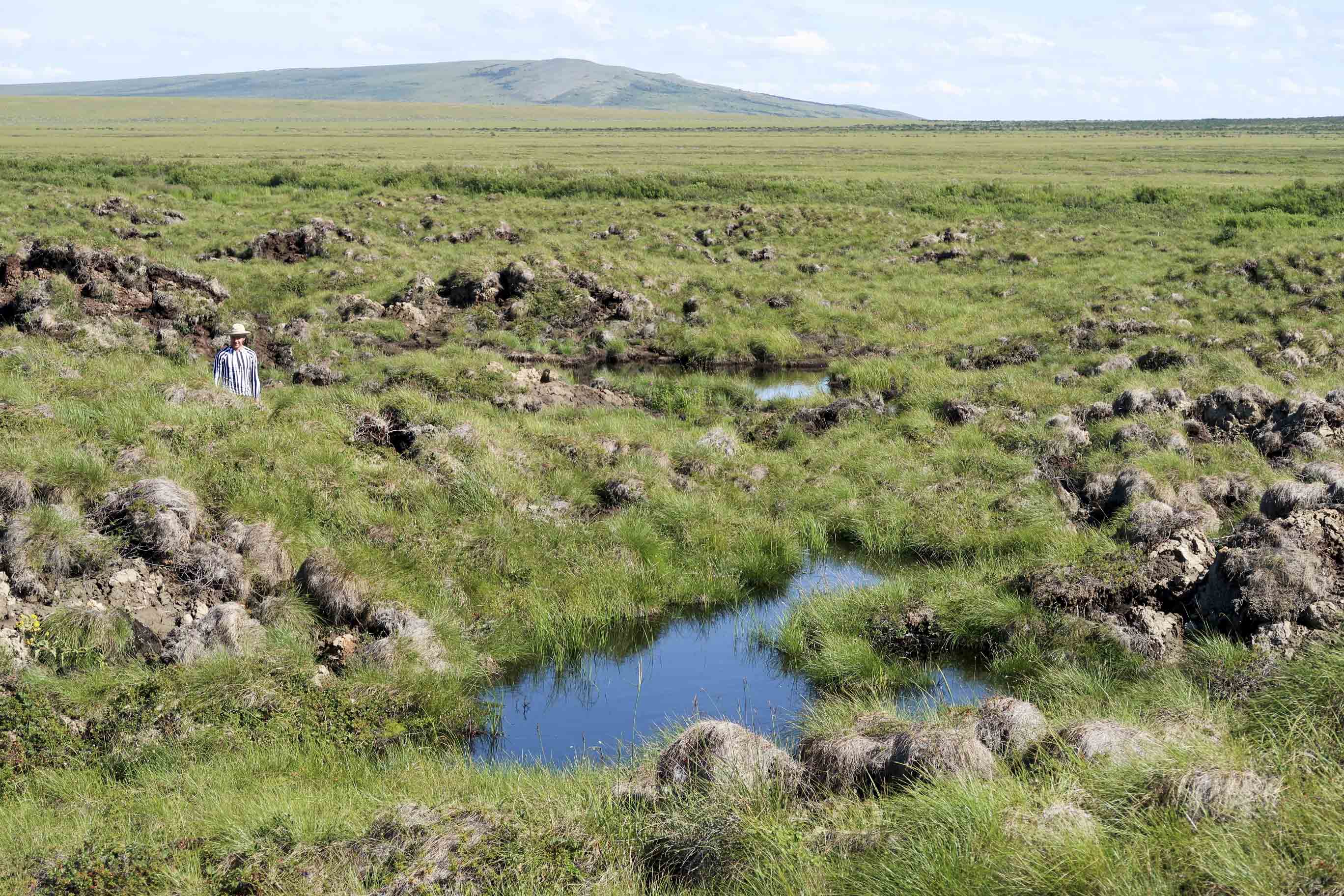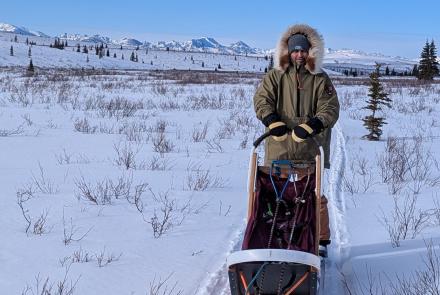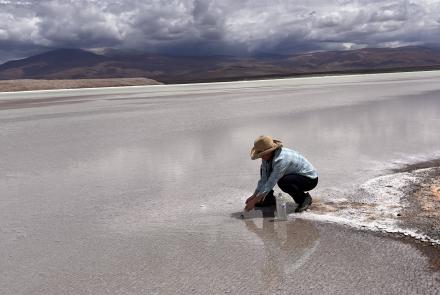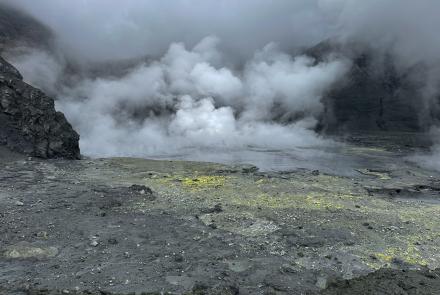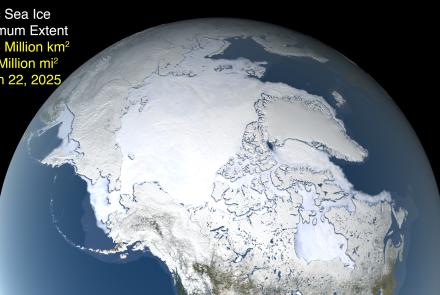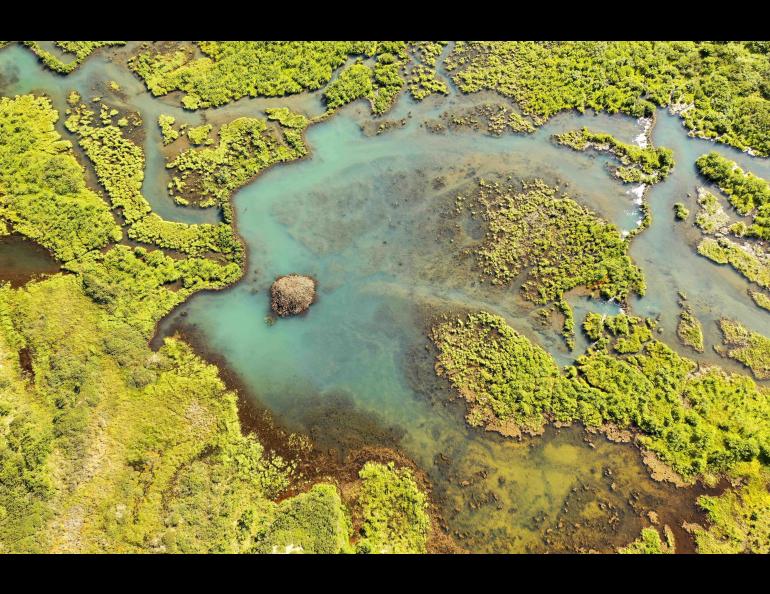

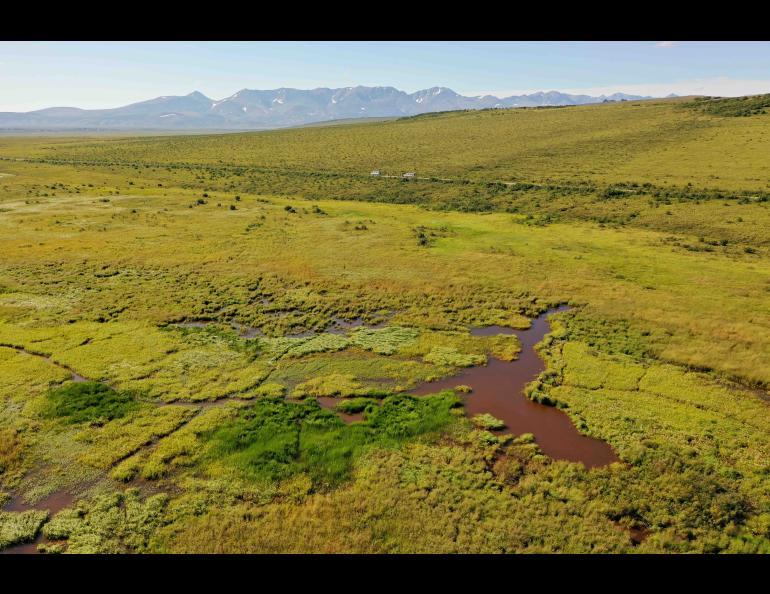

Beaver activity in the Arctic increases emission of methane greenhouse gas
The climate-driven advance of beavers into the Arctic tundra is causing the release of more methane — a greenhouse gas — into the atmosphere.
Beavers, as everyone knows, like to make dams. Those dams cause flooding, which inundates vegetation and turns Arctic streams and creeks into a series of ponds. Those beaver ponds and surrounding inundated vegetation can be devoid of oxygen and rich with organic sediment, which releases methane as the material decays.
Methane is also released when organics-rich permafrost thaws as the result of heat carried by the spreading water.
A study linking Arctic beavers to an increase in the release of methane was published in July in Environmental Research Letters.
The lead author is Jason Clark, a former postdoctoral fellow at the University of Alaska Fairbanks Geophysical Institute. Research Professor Ken Tape, also of the Geophysical Institute, was Clark’s adviser and is a co-author. Other co-authors include Benjamin Jones, a research assistant professor at the UAF Institute of Northern Engineering; and researchers from the National Park Service and NASA’s Jet Propulsion Laboratory.
Tape has done extensive research about the northward migration of beavers and their resultant impact on the Arctic environment.
“What we found is that there are lots of methane hotspots right next to ponds and they start to diminish as you go away from the pond,” he said.
The new study is the first to link large numbers of new beaver ponds to methane emissions at the landscape scale. It suggests that beaver engineering in the Arctic will at least initially increase methane release.
“We say ‘initially’ because that’s the data we have,” Tape said. “What the longer-term implications are, we don’t know.”
As a greenhouse gas, methane is 25 times more potent than carbon dioxide at trapping heat in Earth’s atmosphere.
It accounts for about 20 percent of global greenhouse gas emissions, according to the U.S. Environmental Protection Agency. The agency says human activities have more than doubled atmospheric methane concentrations in the past two centuries.
The new research focused on 166 square miles of the lower Noatak River basin in Northwest Alaska. Data was obtained by airborne hyperspectral imaging through NASA’s Arctic-Boreal Vulnerability Experiment program. That program and the National Science Foundation funded the research.
Hyperspectral cameras image an area in hundreds of wavelengths across the electromagnetic spectrum, including many not visible to the human eye. That differs from other cameras, which typically only image in the primary colors of red, green and blue.
The researchers compared the location of methane hot spots to the locations of 118 beaver ponds and to a number of nearby unaffected stream reaches and lakes. They analyzed the area up to approximately 200 feet from the perimeter of each water body and found a “significantly greater” number of methane hot spots around beaver ponds.
“We have these datasets that largely overlap, in space and mostly in time,” Tape said. “It’s kind of a simple design relying on a new tool.”
Additional research about the relationship between beaver migration and Arctic methane release will occur next year.
• Ken Tape, University of Alaska Fairbanks Geophysical Institute, 907-474-1967, kdtape@alaska.edu
• Rod Boyce, University of Alaska Fairbanks Geophysical Institute, 907-474-7185, rcboyce@alaska.edu

